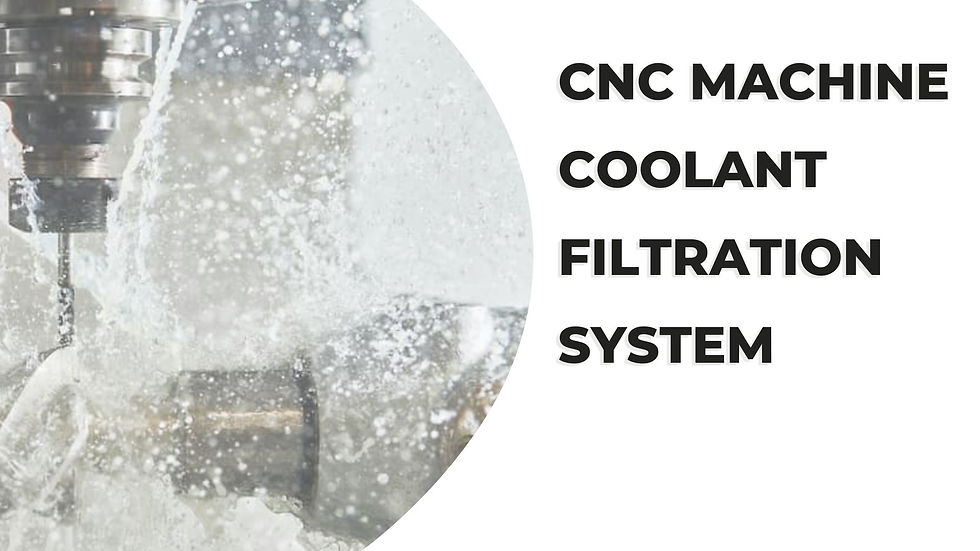What Is Reverse Osmosis (RO)?
- YASA ET

- Feb 14, 2022
- 4 min read
What is Osmosis
Osmosis is a natural phenomenon, of vital importance for animals and plants, which allows the cell pressure to be maintained and regulated thanks to the membrane that constitutes it, which is semipermeable. (Merriam-Webster)
Osmosis is a chemical-physical process that occurs whenever two aqueous solutions containing different saline concentrations are separated by a semipermeable membrane, in this situation the spontaneous passage of water from the more diluted solution to the more concentrated one takes place until reaching of the same salinity. The pressure that is generated is the so-called “osmotic pressure”: the greater the difference between the starting saline concentrations and the higher the osmotic pressure value.

What is Reverse Osmosis
Reverse osmosis (RO) is a water purification process that uses a partially permeable membrane to separate ions, unwanted molecules and larger particles from drinking water. (Merriam-Webster)
In reverse osmosis, an applied pressure is used to overcome osmotic pressure, a colligative property that is driven by chemical potential differences of the solvent, a thermodynamic parameter.
Reverse osmosis can remove many types of dissolved and suspended chemical species as well as biological ones (principally bacteria) from water, and is used in both industrial processes and the production of potable water. The result is that the solute is retained on the pressurized side of the membrane and the pure solvent is allowed to pass to the other side. To be "selective", this membrane should not allow large molecules or ions through the pores (holes), but should allow smaller components of the solution (such as solvent molecules, e.g., water, H2O) to pass freely.
The operating pressures required to carry out reverse osmosis can be considerable: if it is sea water, the pressure that must be exerted is several tens of atmospheres, while for mains or weakly brackish water the osmotic pressure values are they hover around 10 bars.
This is the principle on which reverse osmosis is based: the passage of water through a semi-permeable membrane in the opposite direction to the natural one, with the generation of two solutions: one with a high salt concentration and the other very diluted.
Modern technologies offer the market a wide range of compact and very efficient reverse osmosis systems, which can be used to purify water with a high concentration of salts and pollutants, or to improve the quality of common mains water.
Undeniable advantages are offered by the reverse osmosis technology when the mains water, although drinkable, does not have excellent characteristics, such as some groundwater characterized by a high concentration of nitrates, herbicides or pesticides, or other pollutants that are difficult to remove with other technologies; vice versa, this technology offers an overabundant treatment for a large part of the mains water, which often only requires a refinement of the organoleptic characteristics.
Reverse Osmosis Membranes Working Principle
The action of an osmotic membrane is not only mechanical, separation occurs thanks to diffusion and dissolution mechanisms, which intervene to varying degrees and allow it to act up to the ionic level.
An osmotic membrane consists of a central core around which a semi-permeable synthetic material (eg. polysulfone) is wounded in a spiral. Membranes are generally classified according to dimensions according to standards generally expressed in inches (e.g. a 4040 membrane corresponds to a module 40 inches long and 4" wide), but also according to the production capacity, generally indicated in GPD (gallons per day).
The water to be treated is pushed into the membrane by a pump, which exerts a pressure higher than the osmotic one, so as to obtain two outflows: the part of incoming water that crosses the membrane constitutes the permeate (poor in salts) that goes when used, while the remaining part comes out with a high salt concentration, due to the accumulation of all the salts that have not crossed the membrane, it is the concentrate (rich in salts) that must be discarded.
The salt content of a water, also called Fixed Residue or TDS (Total Dissolved Solid), is measured in mg / L (or ppm). An osmotic membrane produces an average of 20% of permeate with respect to the incoming flow, but for larger systems, which require the use of several membranes in series, this value can exceed 75%.
The rejection of a membrane, or the ability to remove the solute present in the water, is influenced by various parameters such as the characteristics of the water itself, the operating pressure and temperature; in most applications the removal values for the vast amount of substances present in the water generally exceed 95%.
Industrial applications of YASA ET Reverse Osmosis Systems:
Food and beverage industries
Pre-treatment for boilers and cooling towers
Pre-treatment for high purity systems (EDI)
Biopharmaceutical productions
Water jet cutting
Humidification and steam production
Power generation
Leachate
Sources:
Contact Us
YASA ET managed and executed many projects for water and wastewater treatment by using REWATER Reverse Osmosis Equipment. Our customers cover multiple industries and fields such as auto parts manufacturing, surface treatment, semiconductors, bearings, metal works, just to name a few.
For more information about our technology and services, kindly get in touch with our team:
📧 info@yasa.ltd
🌐 www.yasa.ltd
📱 +86 136 3643 1077
Visit YASA ET official online store, click here






Comments